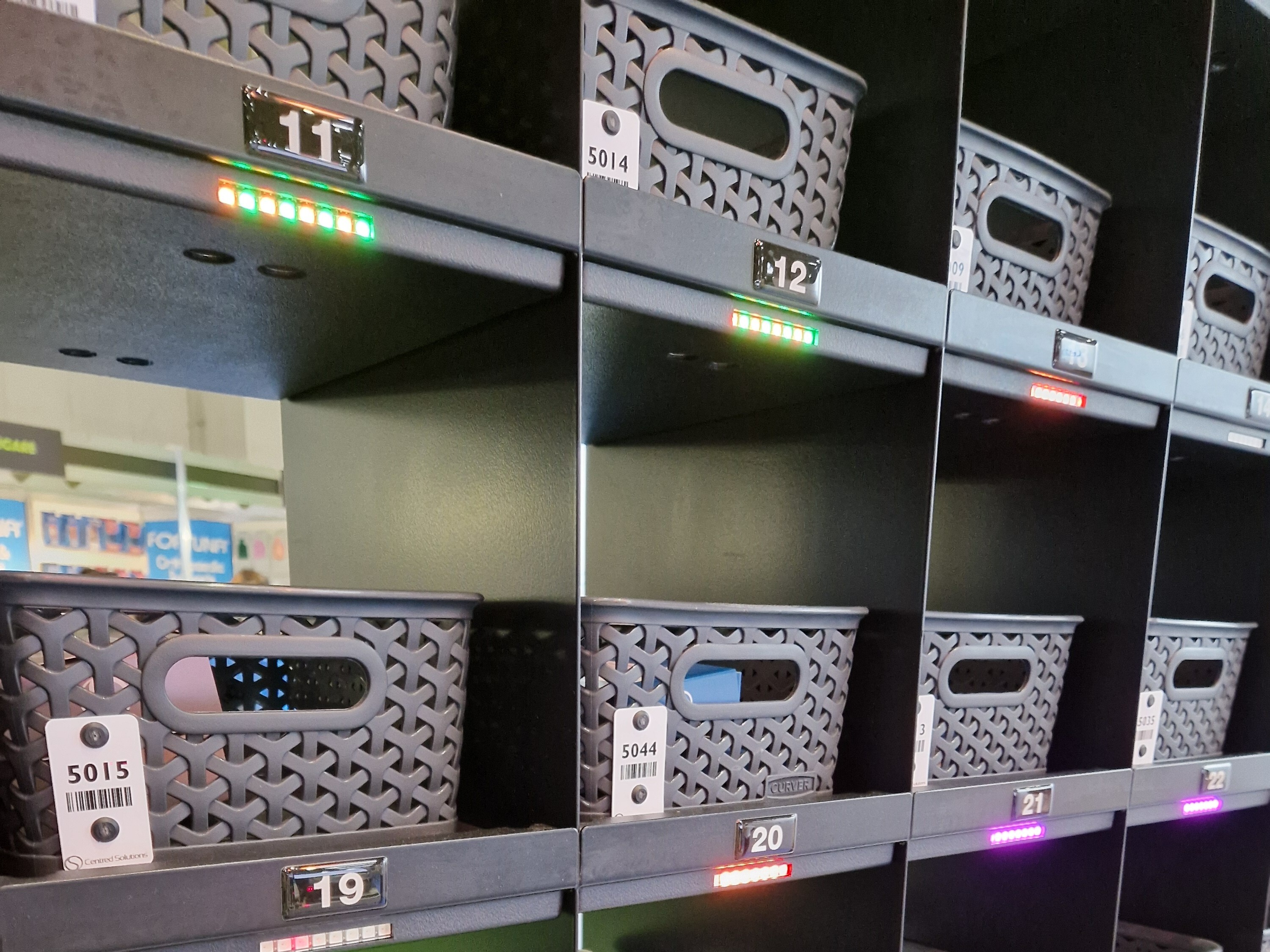2024 looks set to be a year of major change for community pharmacies. Already the front door to the NHS, pharmacies will take on even greater responsibility for the delivery of clinical care. In addition, proposals in the pipeline are set to result in significant changes to the dispensing process, a process that has remained relatively unchanged for decades. Our Head of Marketing, Shelley Dyer, takes a look at why pharmacy automation and technology will be key to underpinning these changes.
If 2023 was dominated by the sale of Lloyds Pharmacies and a shake-up to the make-up of the community pharmacy market, then 2024 is set to be the year of change for the way pharmacies operate. It will begin from the outset with pharmacists taking on new responsibilities for delivering patient care for seven minor conditions. For some time now pharmacists have been playing a wider clinical role in patient care but the new Pharmacy First scheme, scheduled to launch on January 31, 2024, sees this elevated to a whole new level.
Meanwhile there are some major changes afoot regarding the way community pharmacies dispense medication. 2024 is expected to see the long awaited changes to legislation which will broaden access to hub and spoke for all pharmacies. Consultation is also underway with regards to supervision which could see pharmacy technicians and dispensers authorised to take on more responsibility in the dispensing process, releasing pharmacist capacity to deliver more clinical services.
It’s great to see pharmacies continuing their transition from the “place to collect your medicine” to hubs in the local community providing support to patients with long-term conditions and minor ailments. But as with any change, this transition is not without its challenges. Issues with the pharmacy funding contract are widely documented and it continues to cause significant problems for pharmacies. Recruitment and retention of staff is another issue causing major concerns. As pharmacies embark on a significant 12 month journey of change, here’s three reasons why technology could be their new best friend.
Reason one: Create Capacity for Pharmacy First
The new Pharmacy First scheme is a key component of the Delivery Plan for Recovering Access to Primary Care. But when it was published in May last year the document talked about hub and spoke and supervision changes as just some of the ways to release capacity in pharmacy to deliver the services. Despite this Pharmacy First will launch ahead of any changes to supervision and hub and spoke. This will leave many pharmacies in the position of delivering a whole new raft of services without two of the key elements cited as a way of freeing up their time.
There is however a cost effective solution. There is new software coming to market which will allow pharmacies to automate their original pack dispensing process for repeat prescriptions in store. The software works by allowing branches to process multiple patient orders at once rather than one at a time. Clinical and accuracy checks are done at the start of the process, freeing up the pharmacist’s time. The software then guides dispensing staff in branch to batch pick, batch sort, batch label and batch bag medication for collection creating significant efficiencies in store.
I’d encourage all pharmacies to explore all the options out there as this software could create more efficiencies, make more of an impact and be significantly cheaper than a dispensing robot which is often seen as the go to solution for transforming the original pack dispensing process.
Reason two: Create a safety net for proposed supervision changes
The Department of Health recently launched its consultation into supervision which proposed pharmacists authorise (without directly supervising) registered pharmacy technicians to perform tasks that would otherwise need to be performed by or under the supervision of pharmacists. It also proposes that checked and bagged prescriptions can handed out in a retail pharmacy in the absence of a pharmacist, where the pharmacist has authorised this.
But by its own admission, in an impact assessment published alongside the consultation document, the Department of Health said the proposed changes pose a “potential risk to patient safety” and said that “the reduced pharmacist supervision could increase the number of errors made”. They went on to point out the risk is mitigated “by the fact a pharmacy technician is a registered and regulated healthcare professional in their own right”. It also said that as well as technicians having education and training to undertake the dispensing of medicines the pharmacist “retains overall responsibility for the pharmacy premises”.
Software and automation exists to mitigate this patient safety risk even further. This solution uses barcode and RFID technology to “check” medication at every stage of the dispensing process to ensure the right dose of the right medication is dispensed to the right patient. The technology is designed to guide staff through the entire dispensing process in store, alerting them to any potential errors and acting as a crucial safety net.
Reason three: Create your own hub and spoke set up
I’d encourage those pharmacies already in a position to move forward with hub and spoke to start exploring your options now. At the recent Health and Social Care Select Committee inquiry into pharmacy, membership bodies were quick to point out that a hub and spoke model wouldn’t save money. As things stand there is little evidence to argue otherwise. But they missed a really crucial point. What hub and spoke can do is save time and there is evidence that can back this up. An average pharmacy can save up to 4 hours and 27 minutes per day by automating their original pack dispensing process for repeats. This time saving can then be used by pharmacies to increase revenue by delivering NHS or private services. For example over the course of the year, the time saving could allow pharmacies to make just over £49,000 per year per store for delivering the Pharmacy First scheme or just over £200,000 per store per year for running a travel clinic.
There is still a misguided perception that hub and spoke technology is hugely expensive and comes as a “one size fits all” model. Time and technology have moved on significantly in the past five years and that really is no longer the case. There are a range of scalable and modular hub and spoke options that make this model of dispensing a viable option for pharmacy groups of all shapes and sizes operating within the same legal entity. Financing options also now exist which will allow pharmacies to pay for any solution out of the efficiencies generated.
Pharmacy Automation By Centred Solutions
At Centred Solutions, we offer a range of pharmacy automation software to support your pharmacy. Whether you are a standalone pharmacy that could benefit from your own mini hub or you need support managing patient medication from a wholesaler or warehouse, we have the solution for you.
Contact us today to arrange a demonstration of any of our products.





